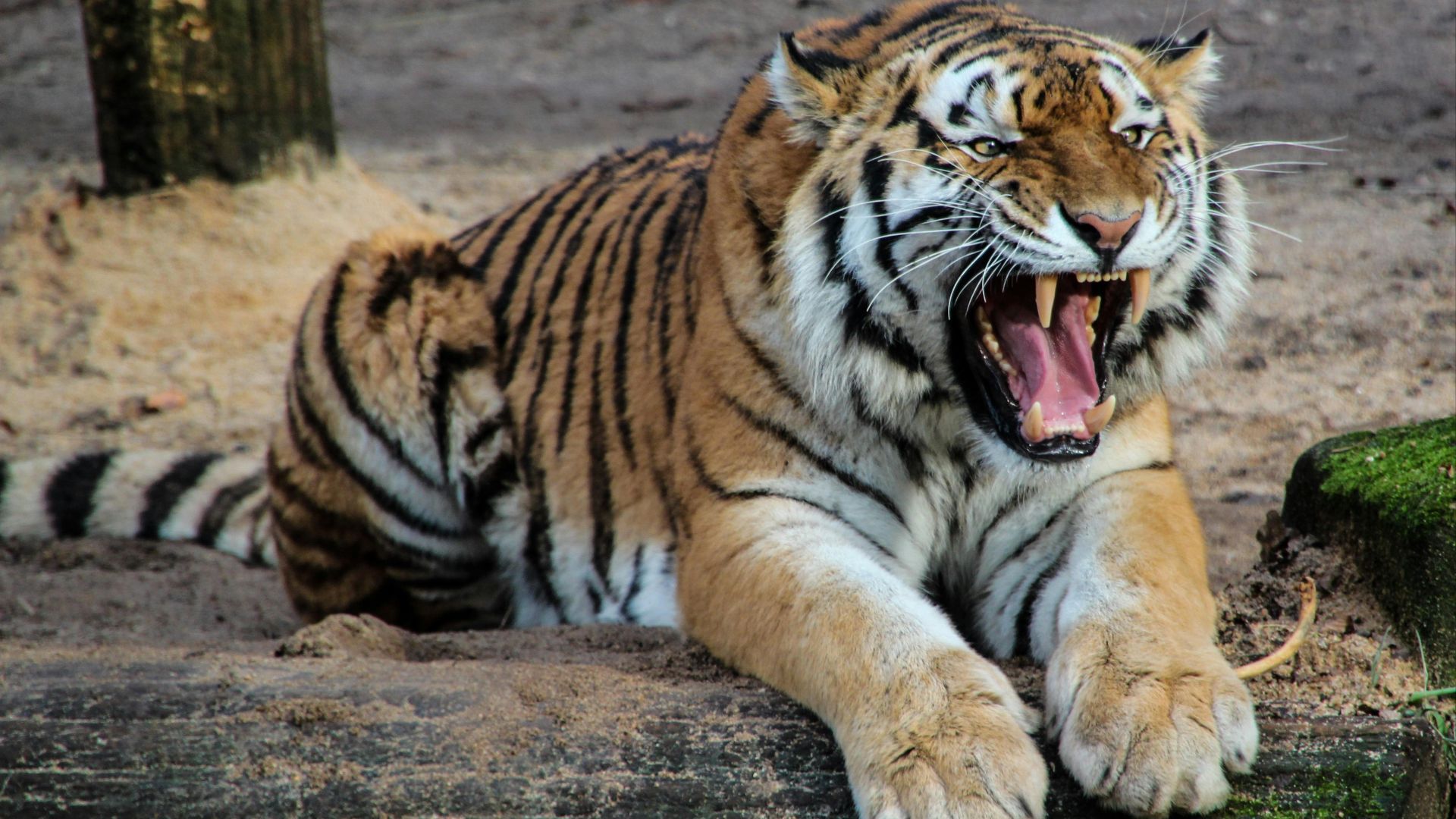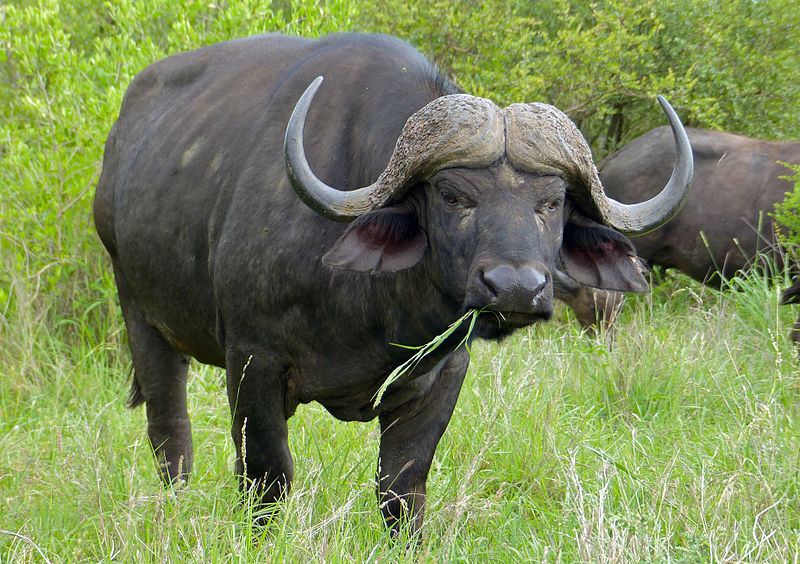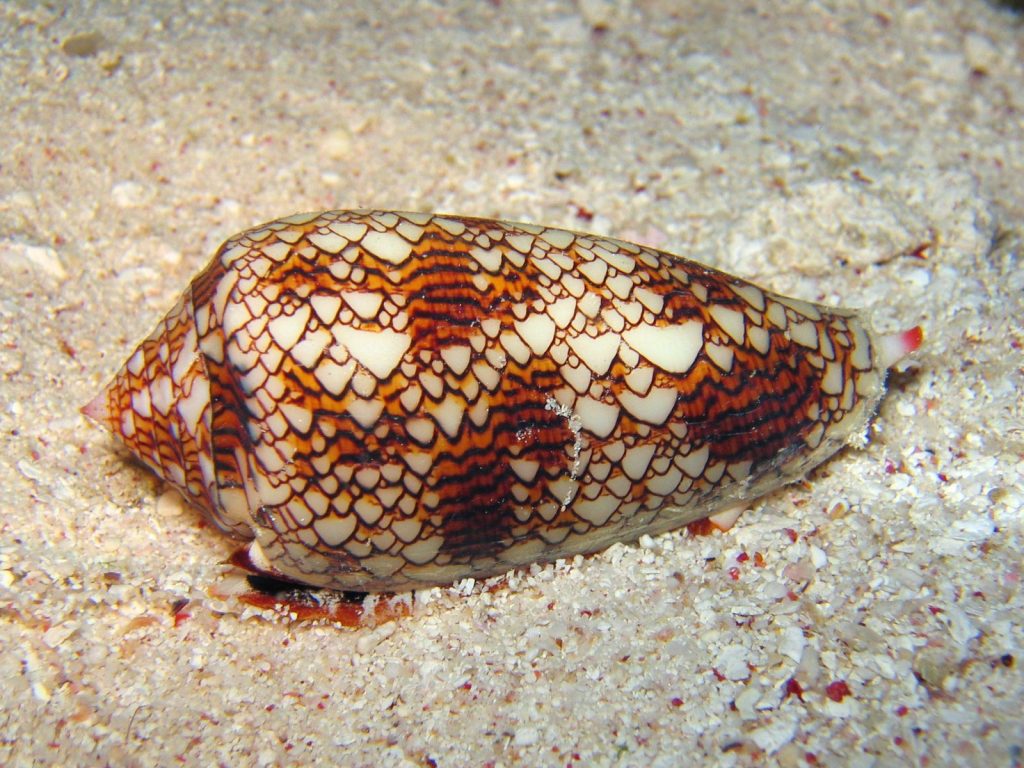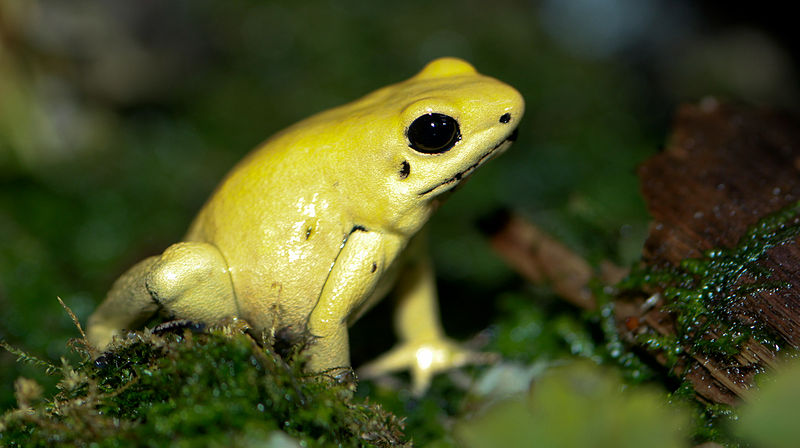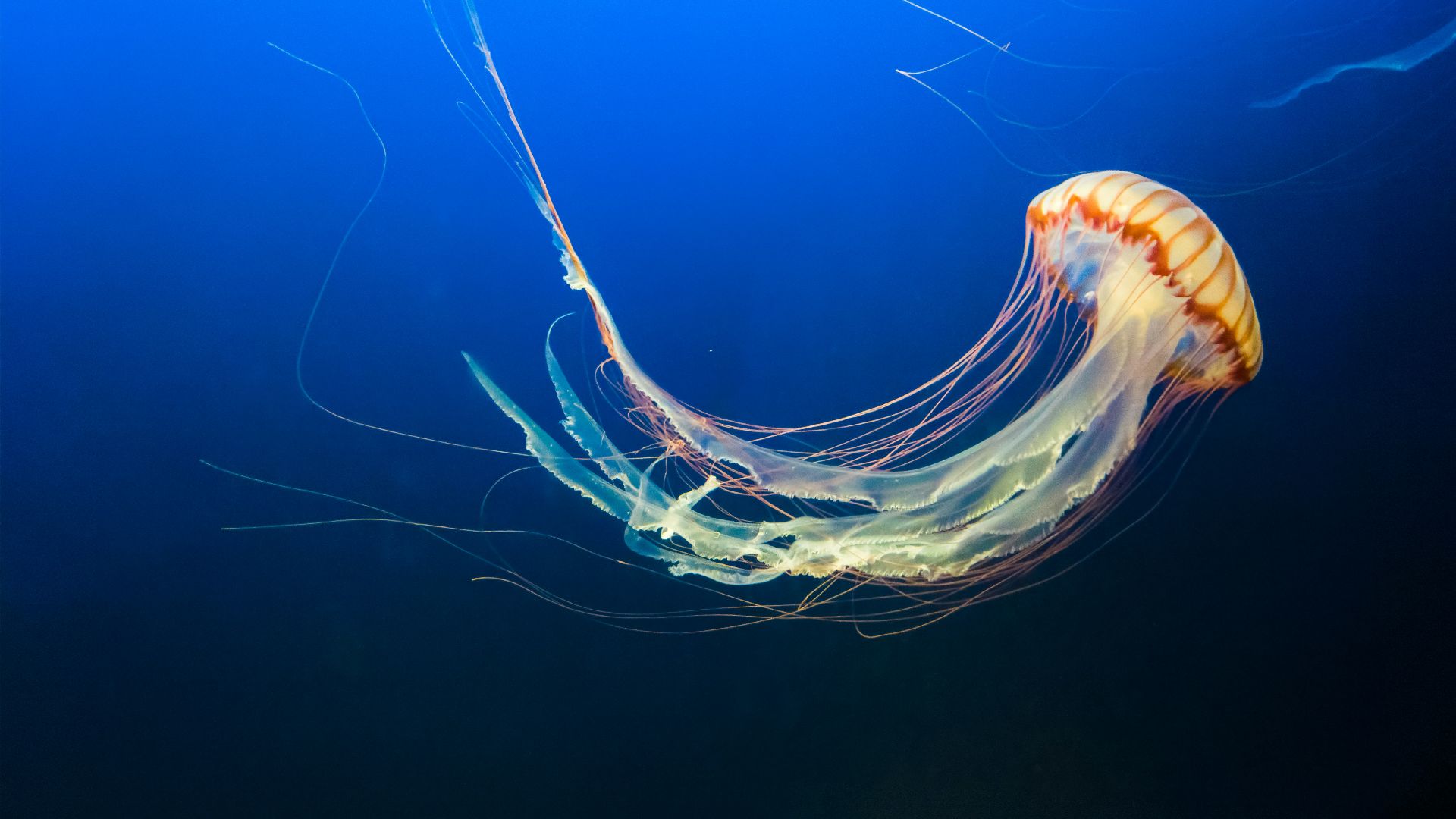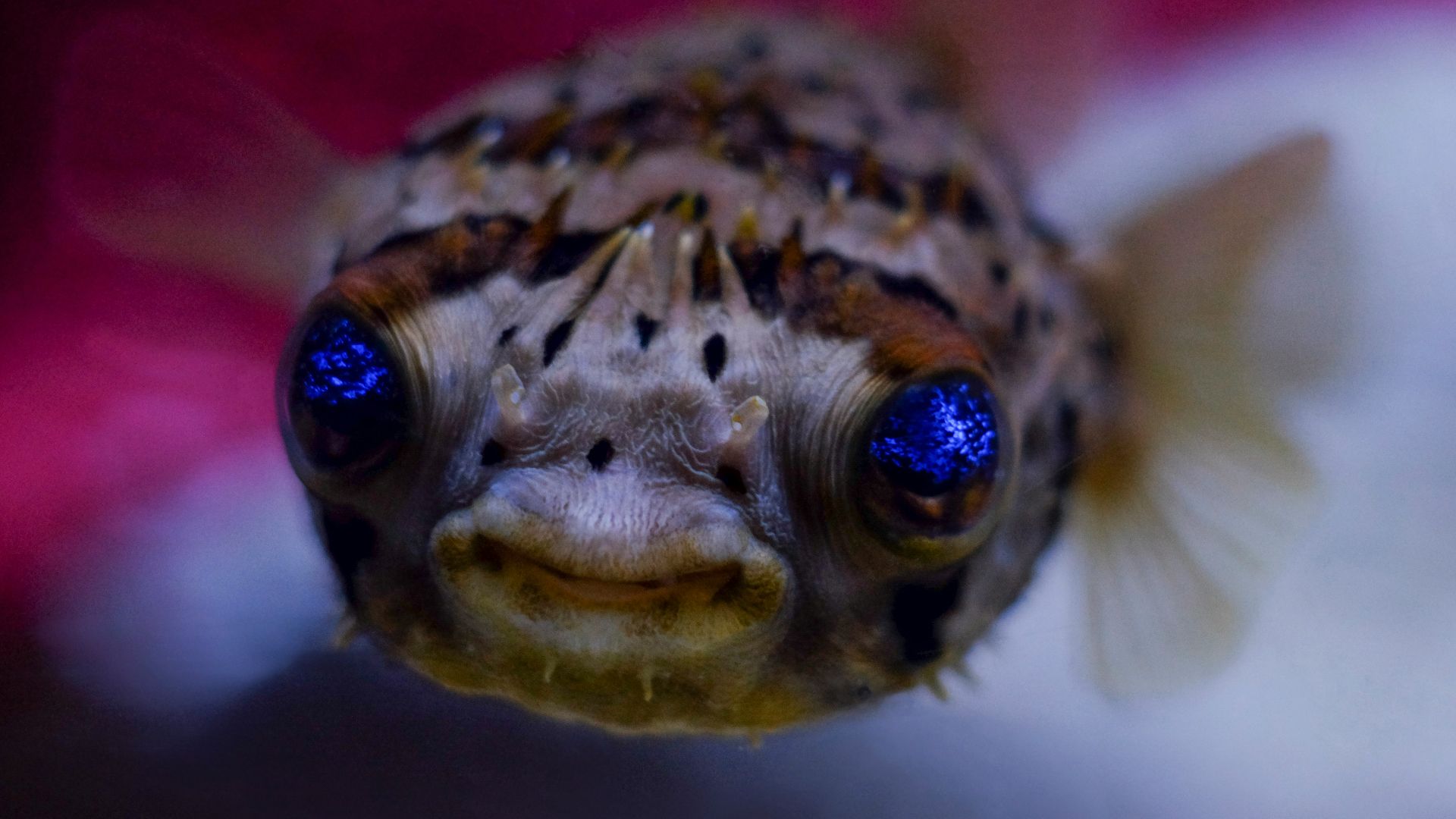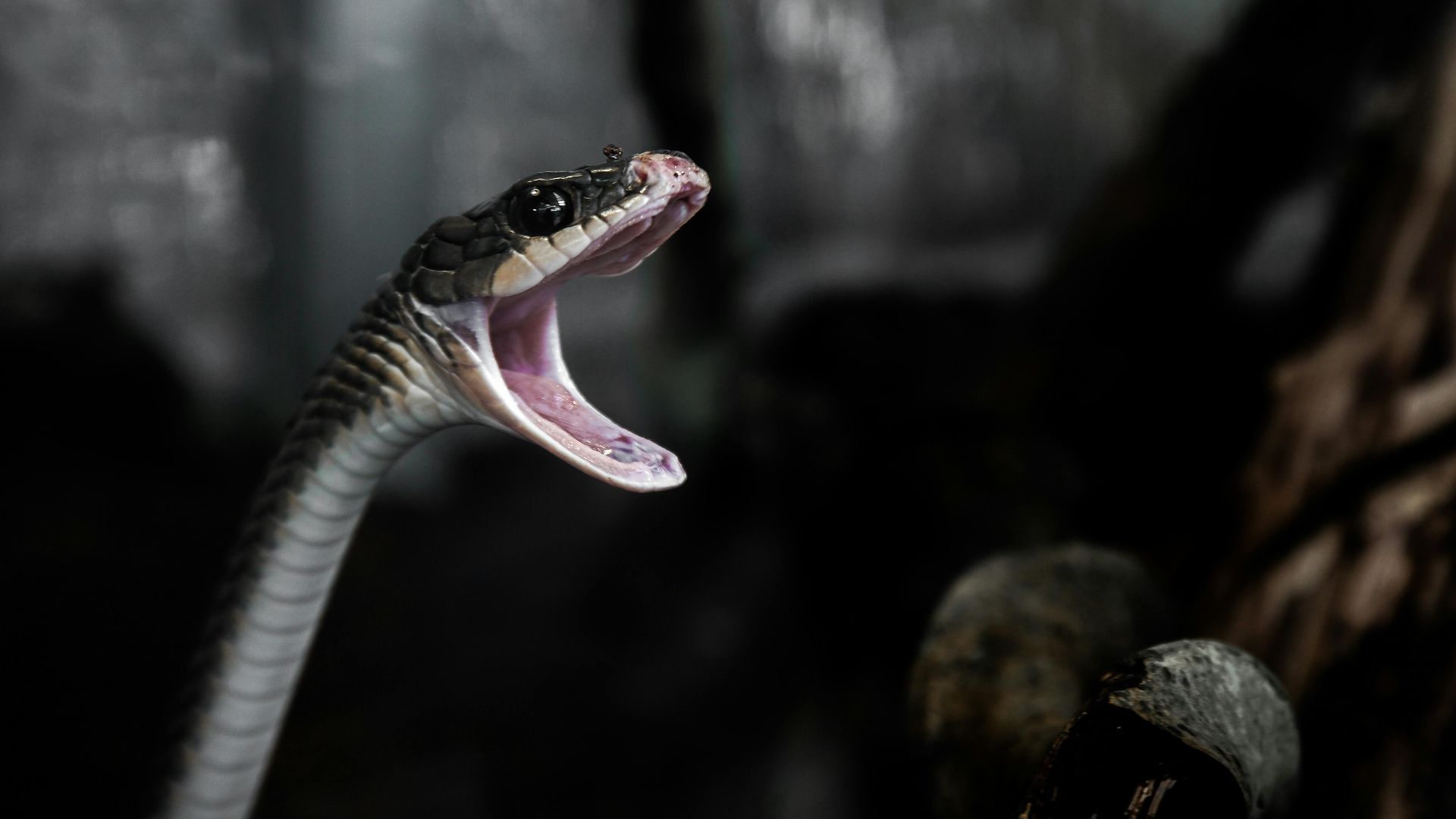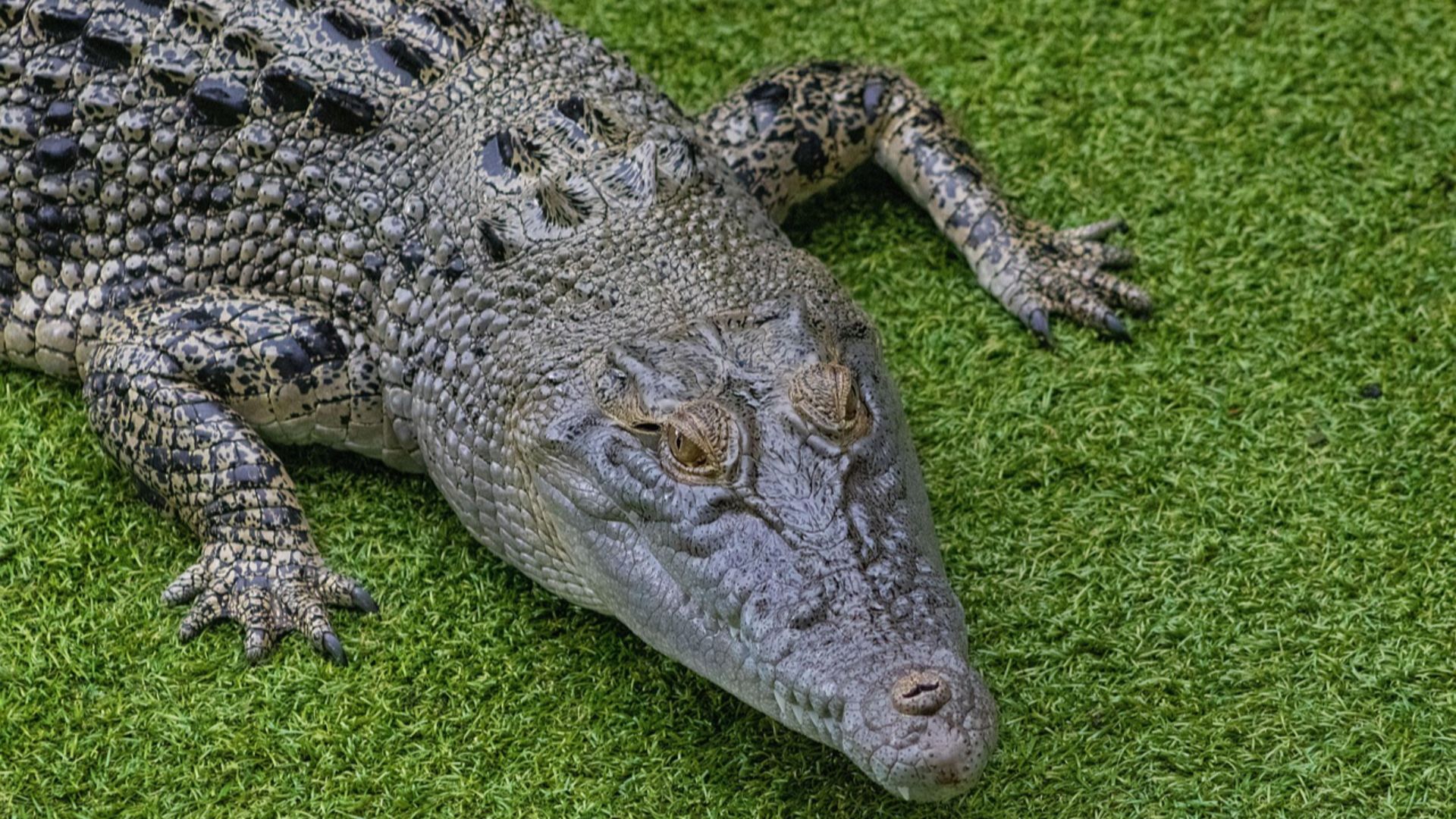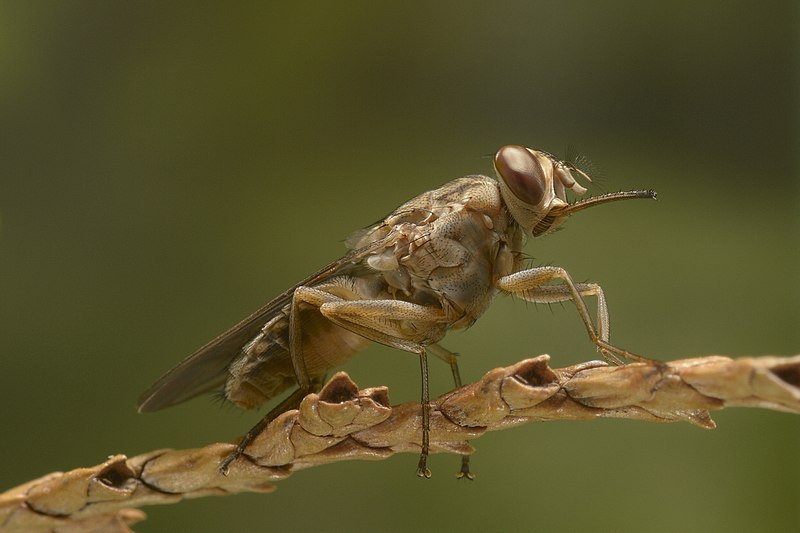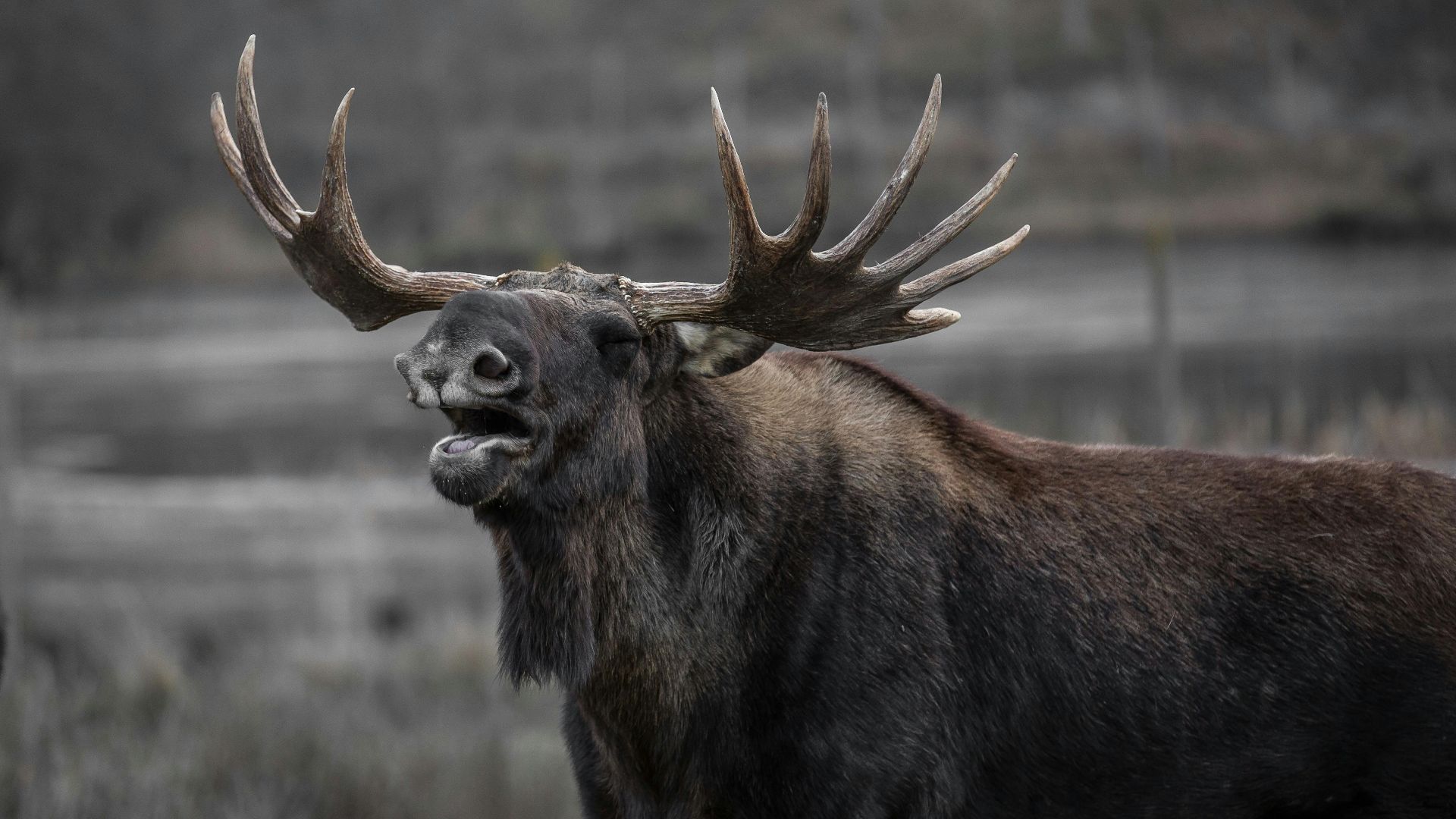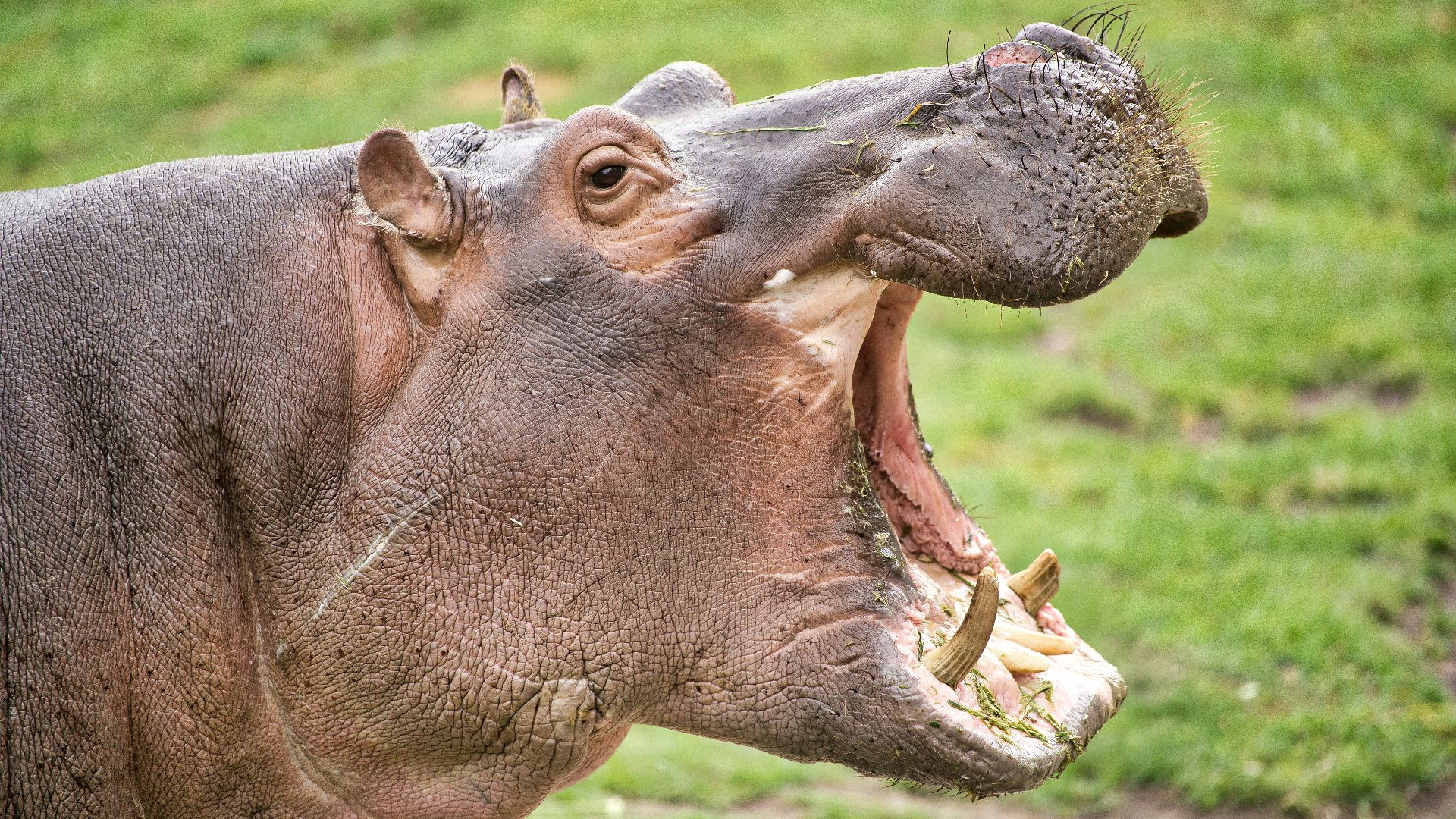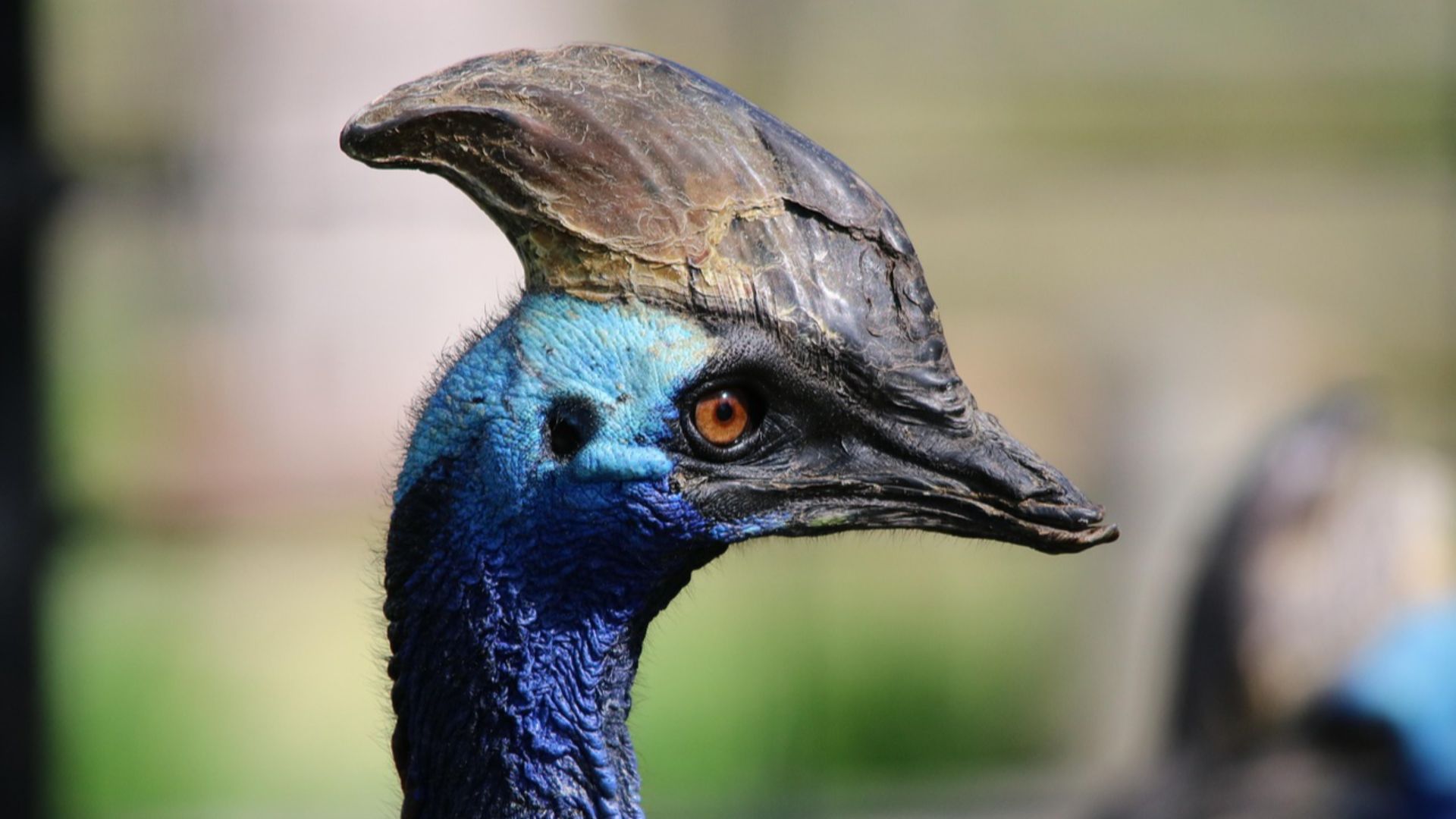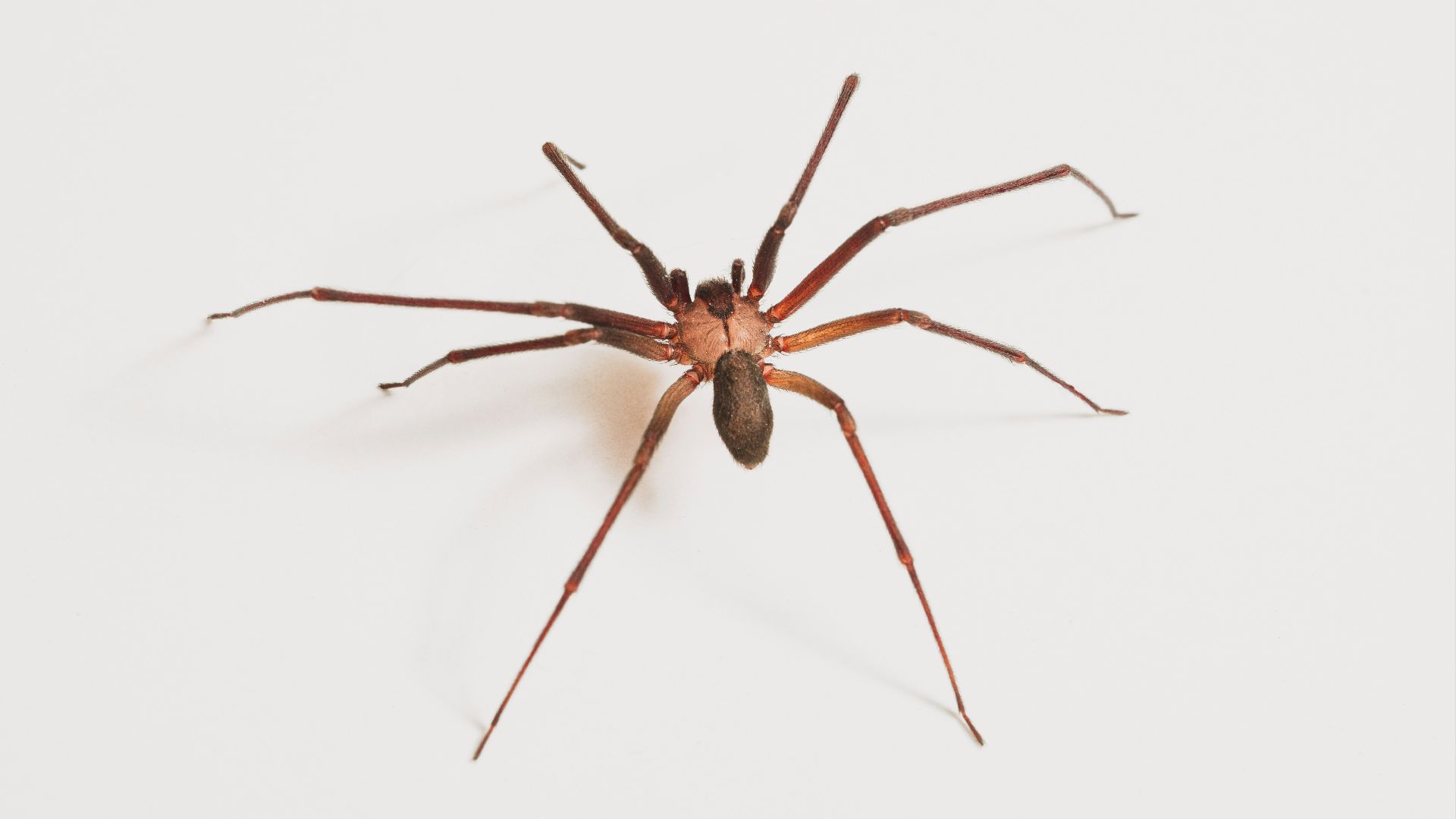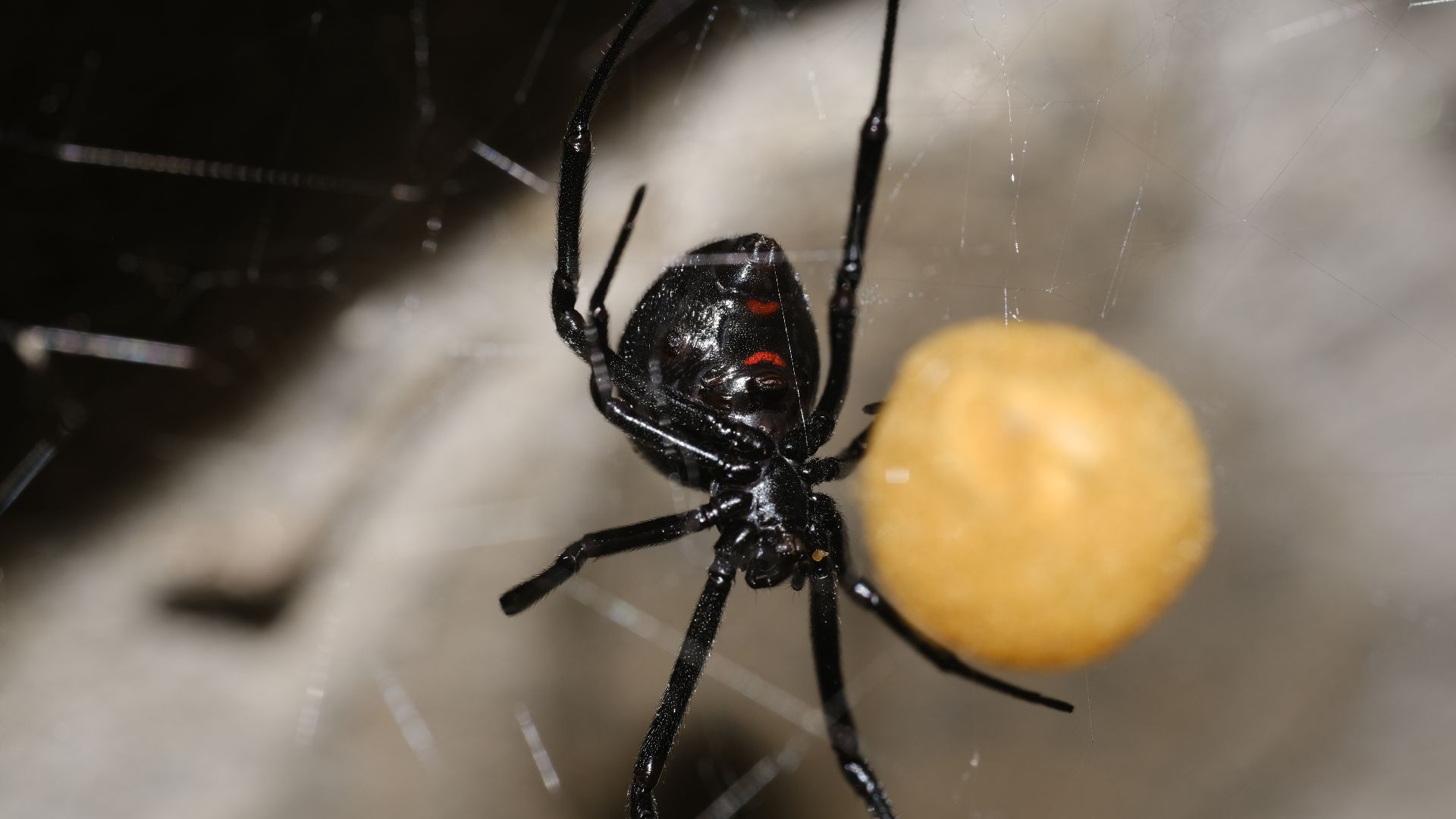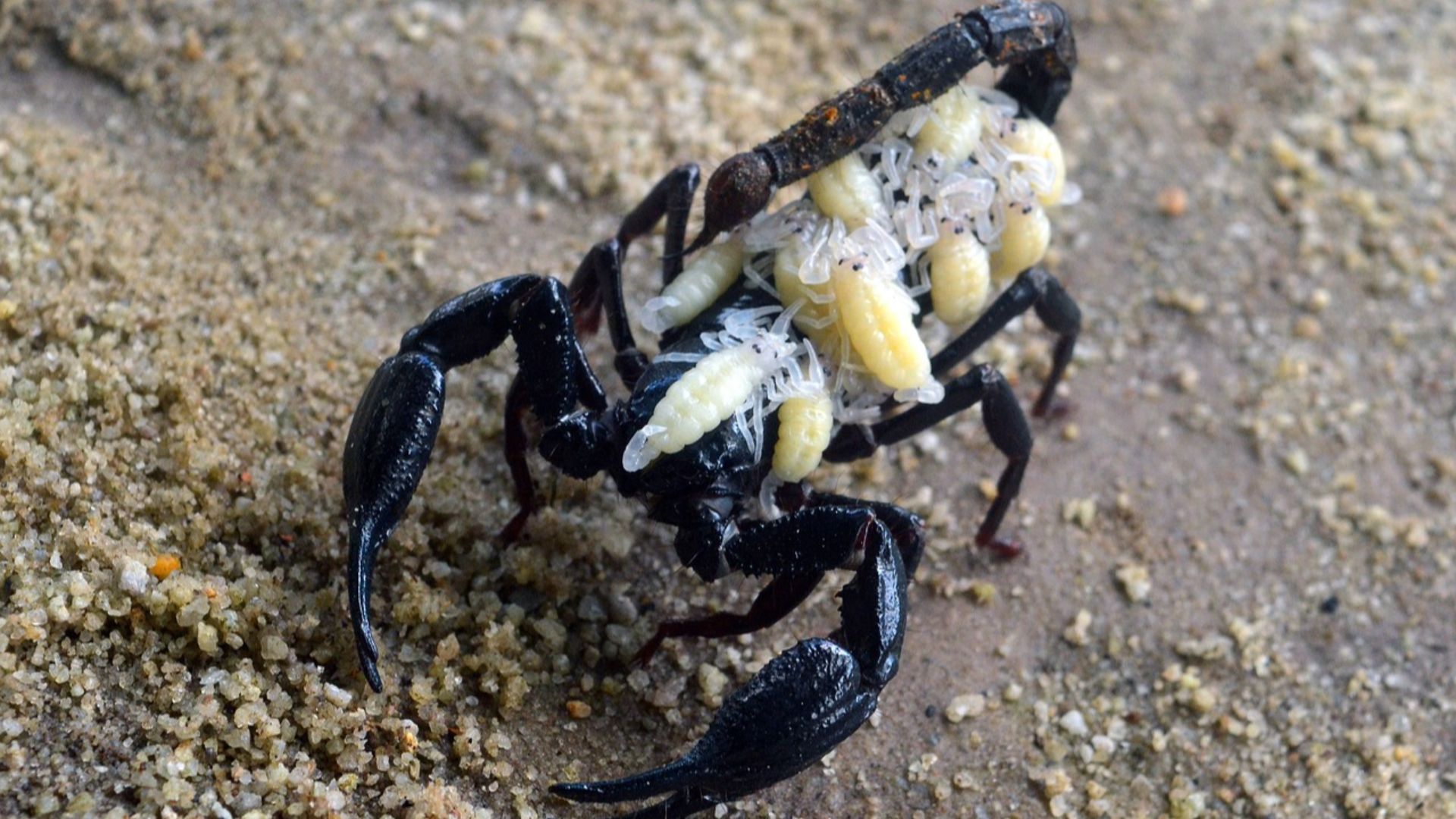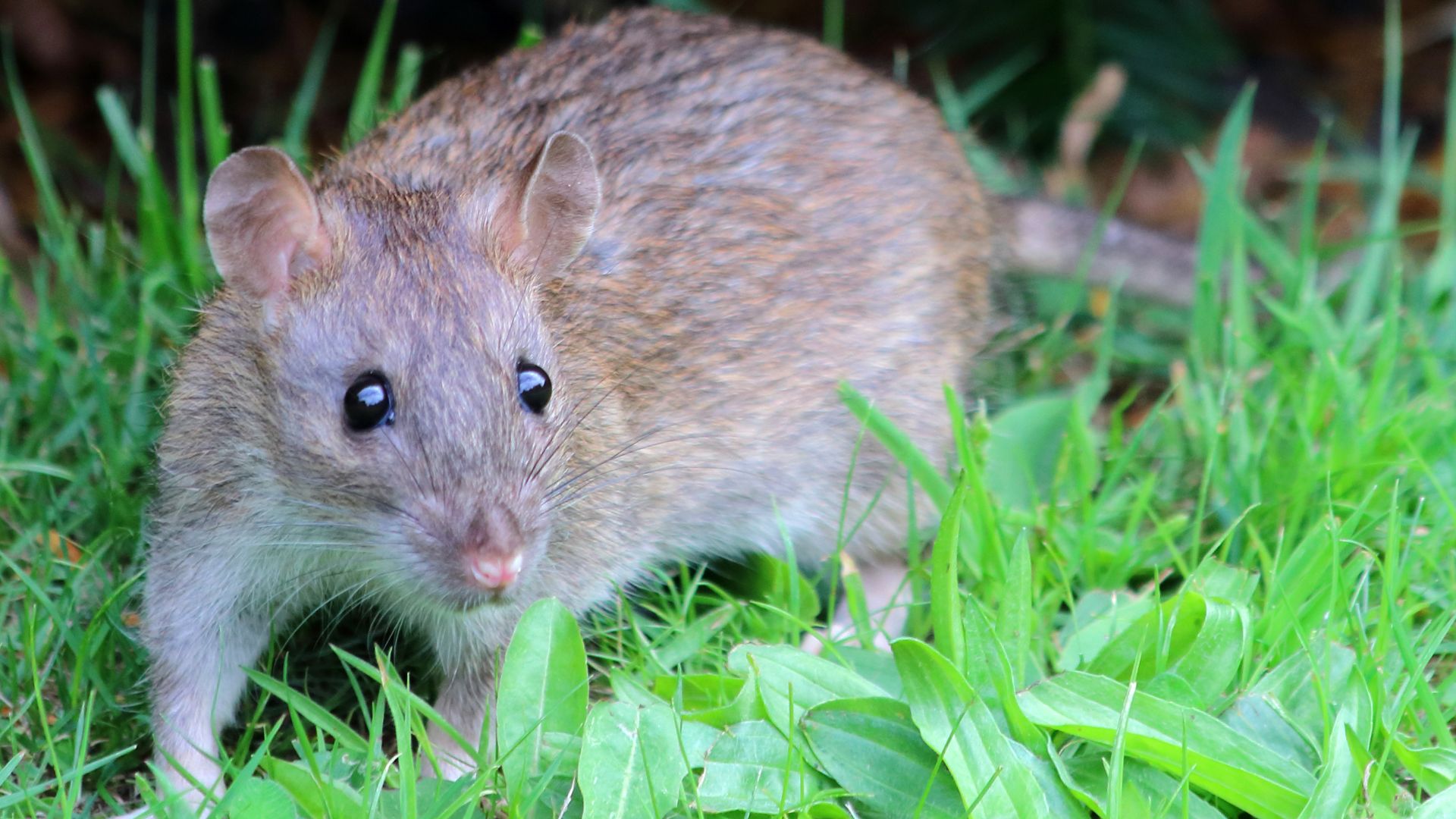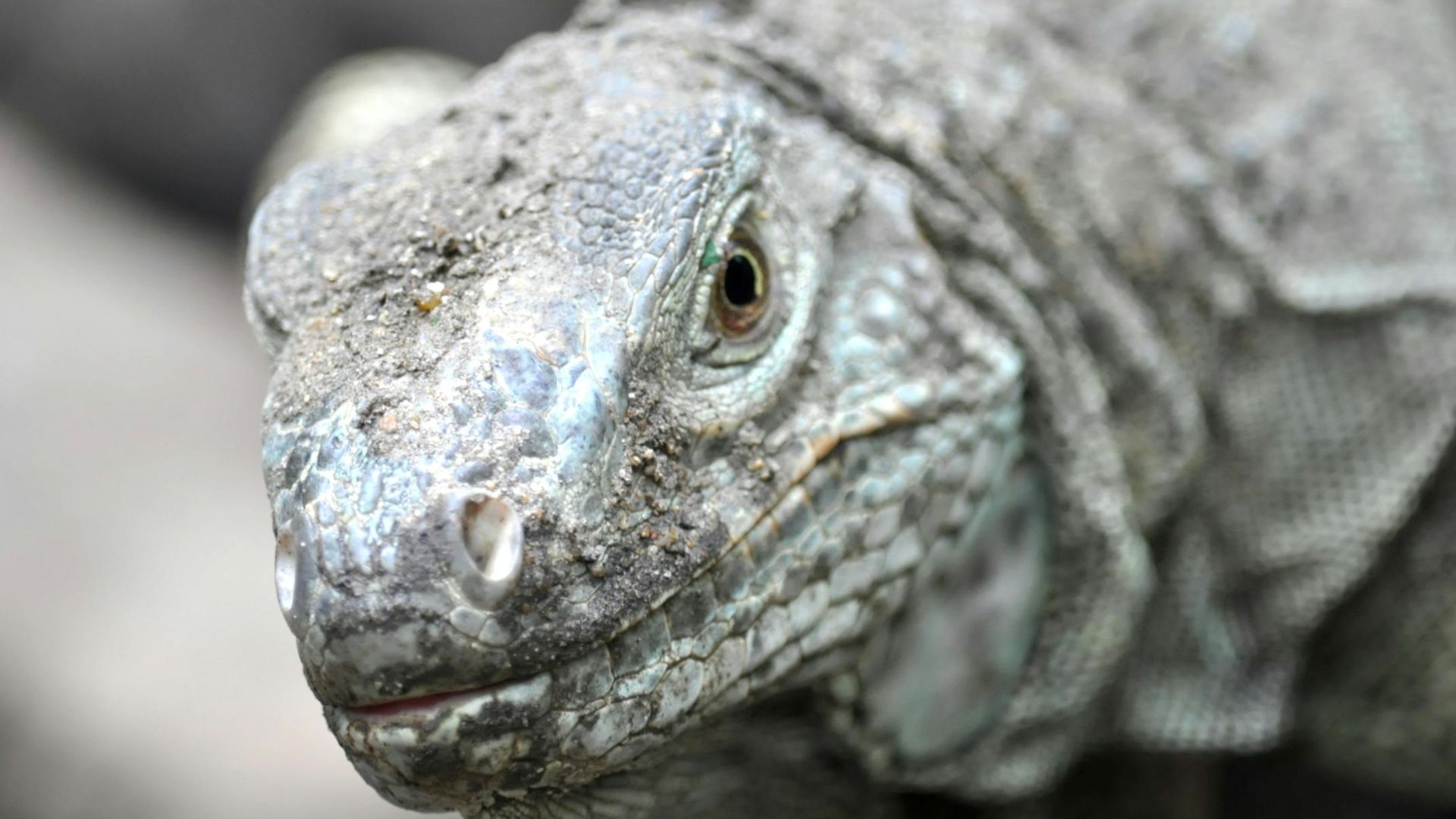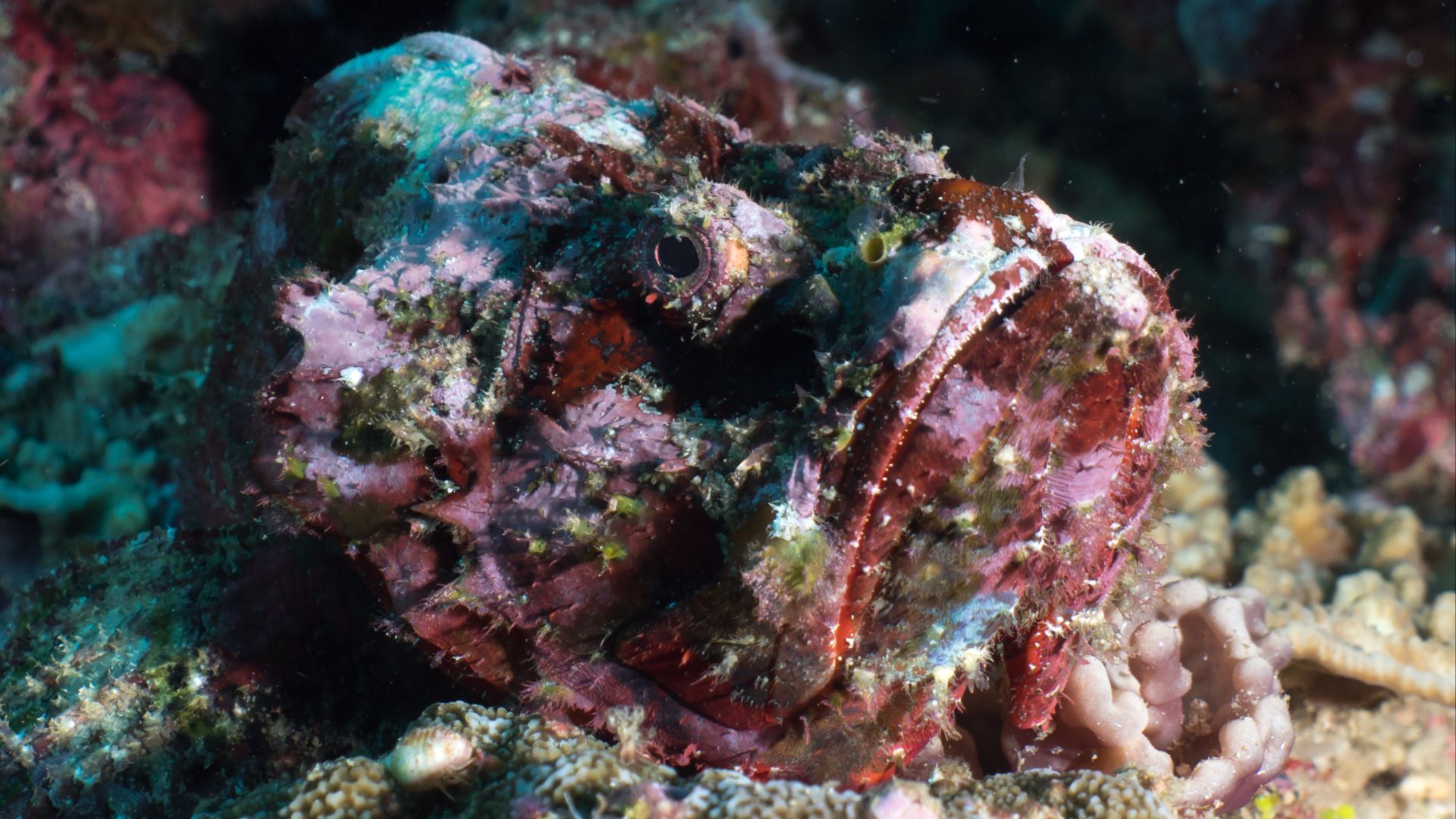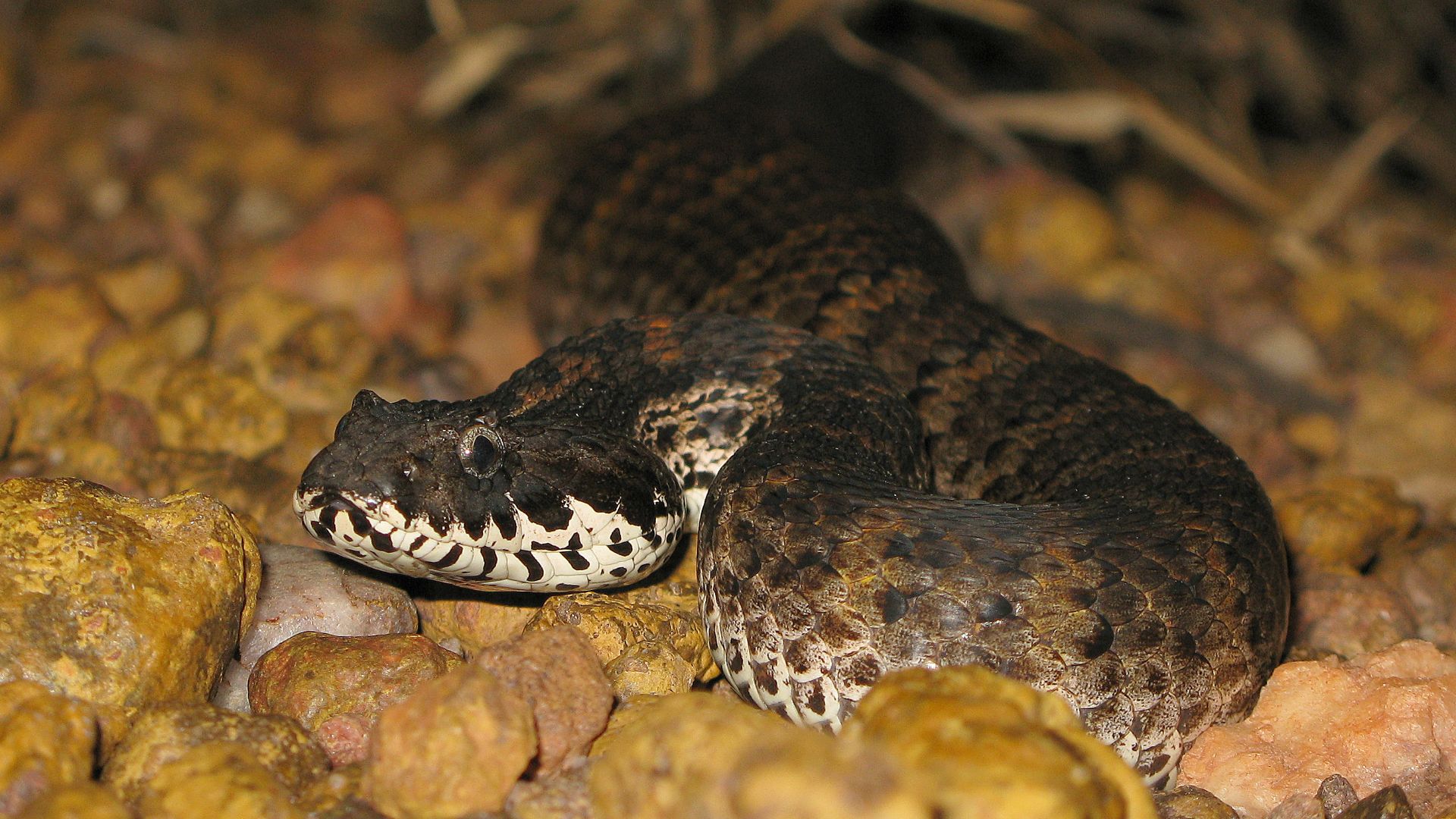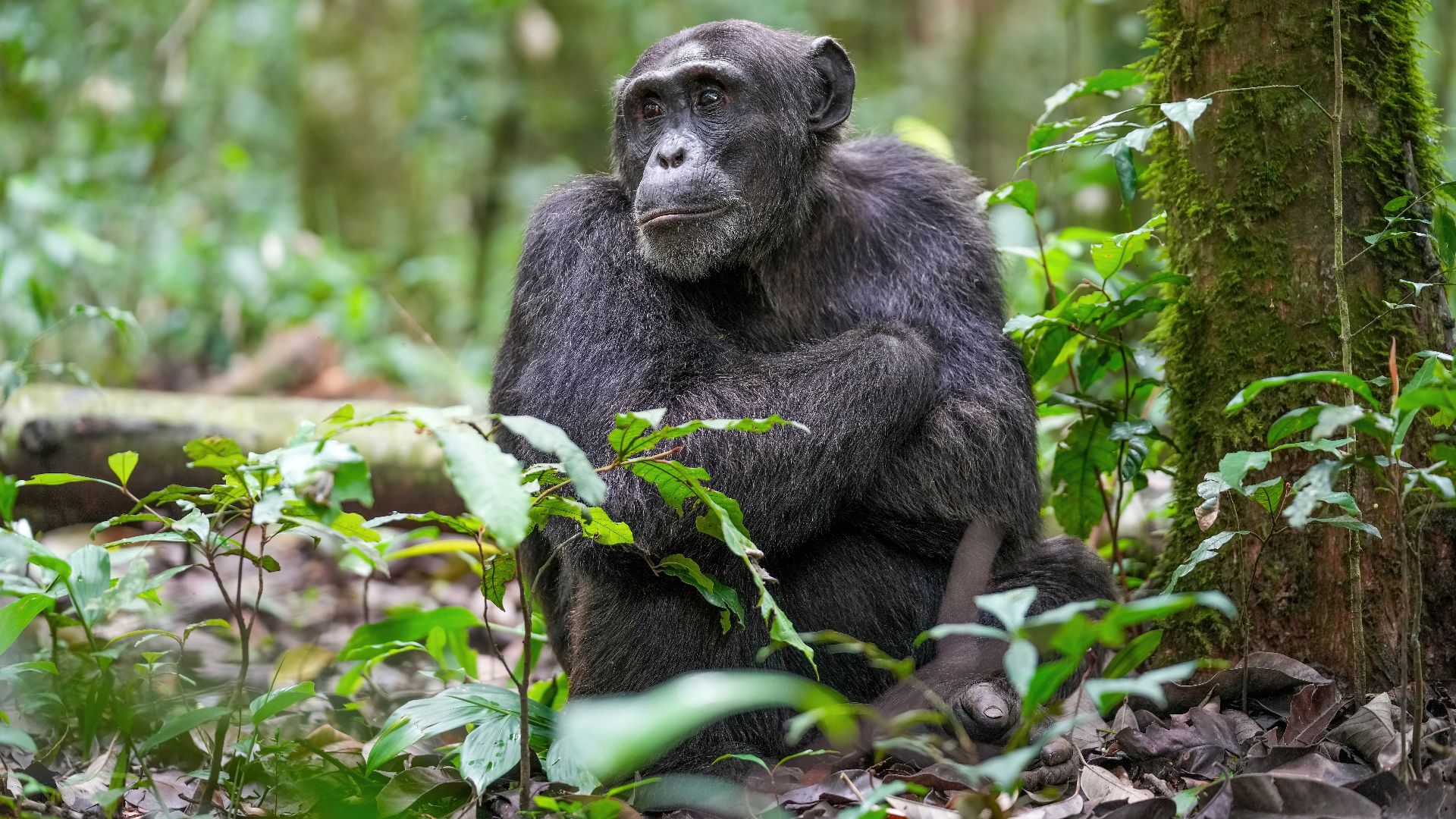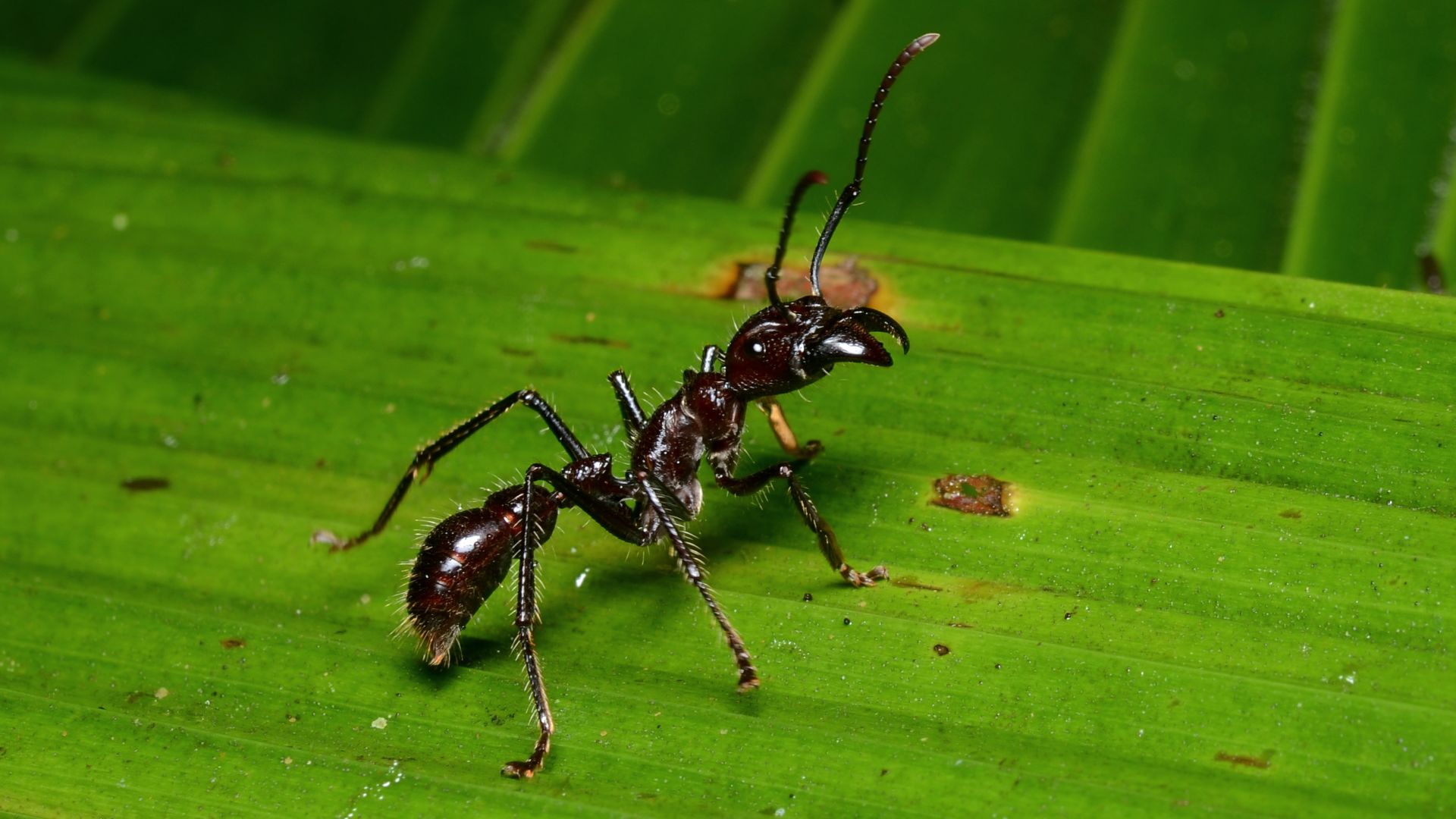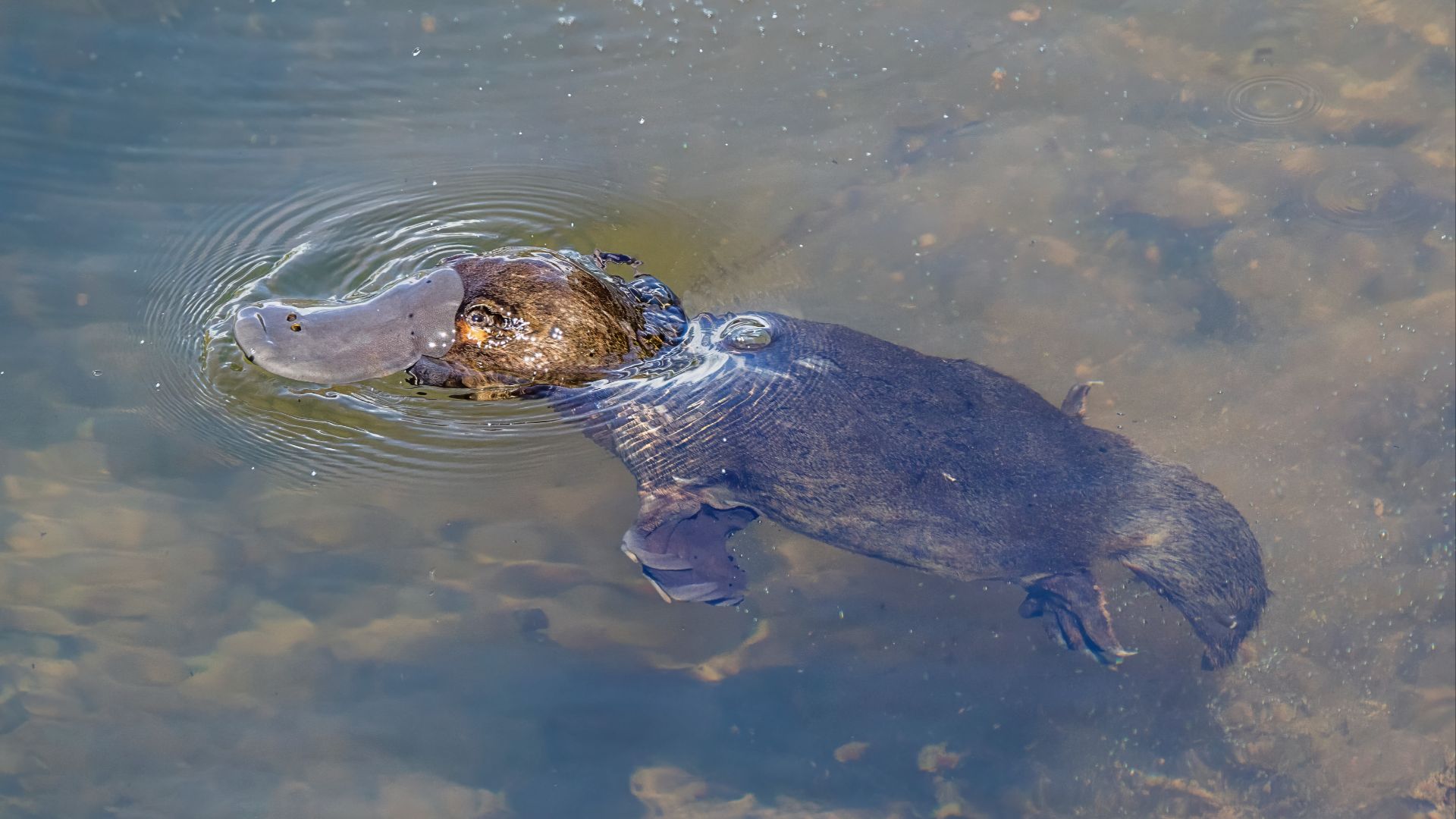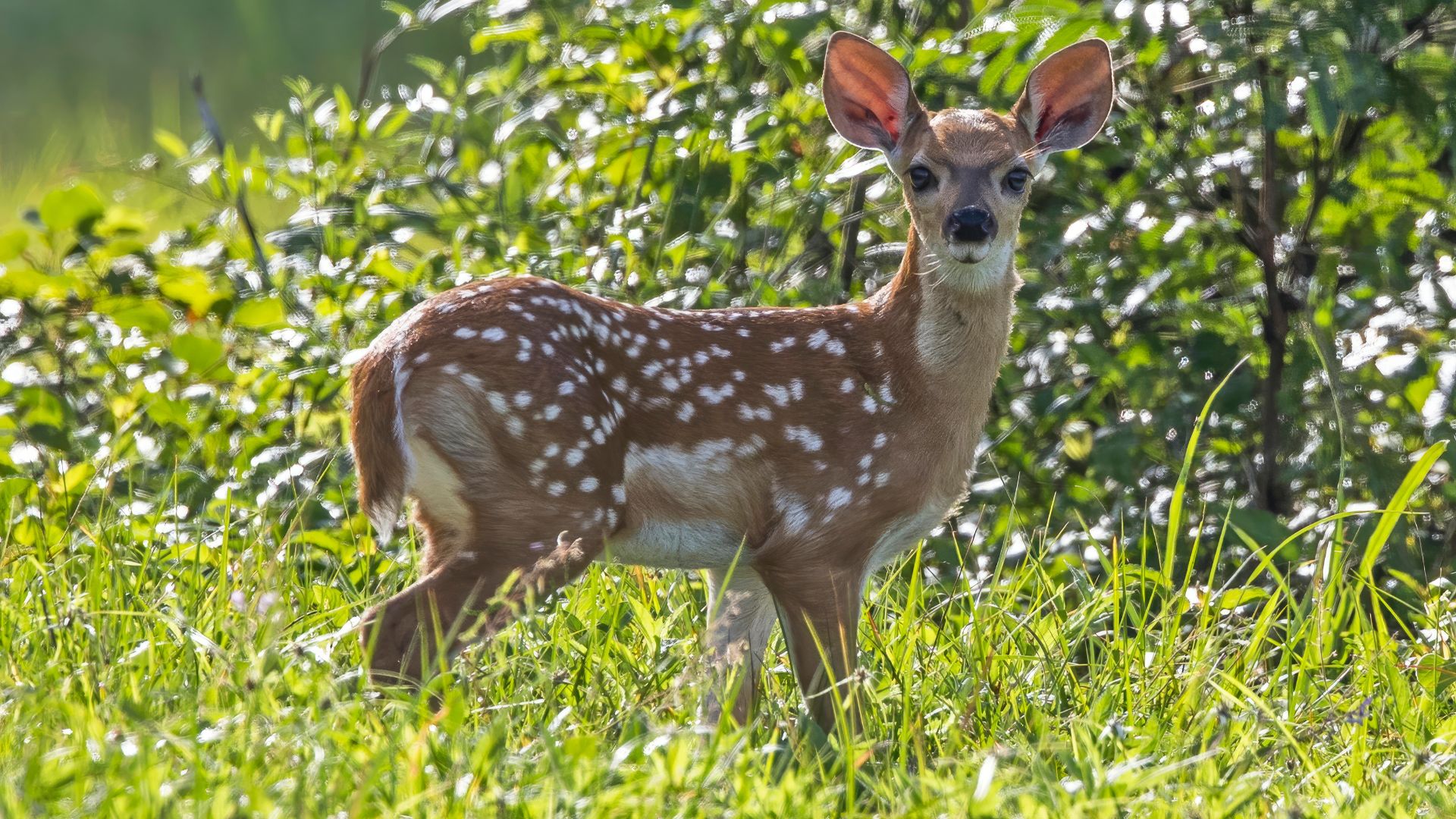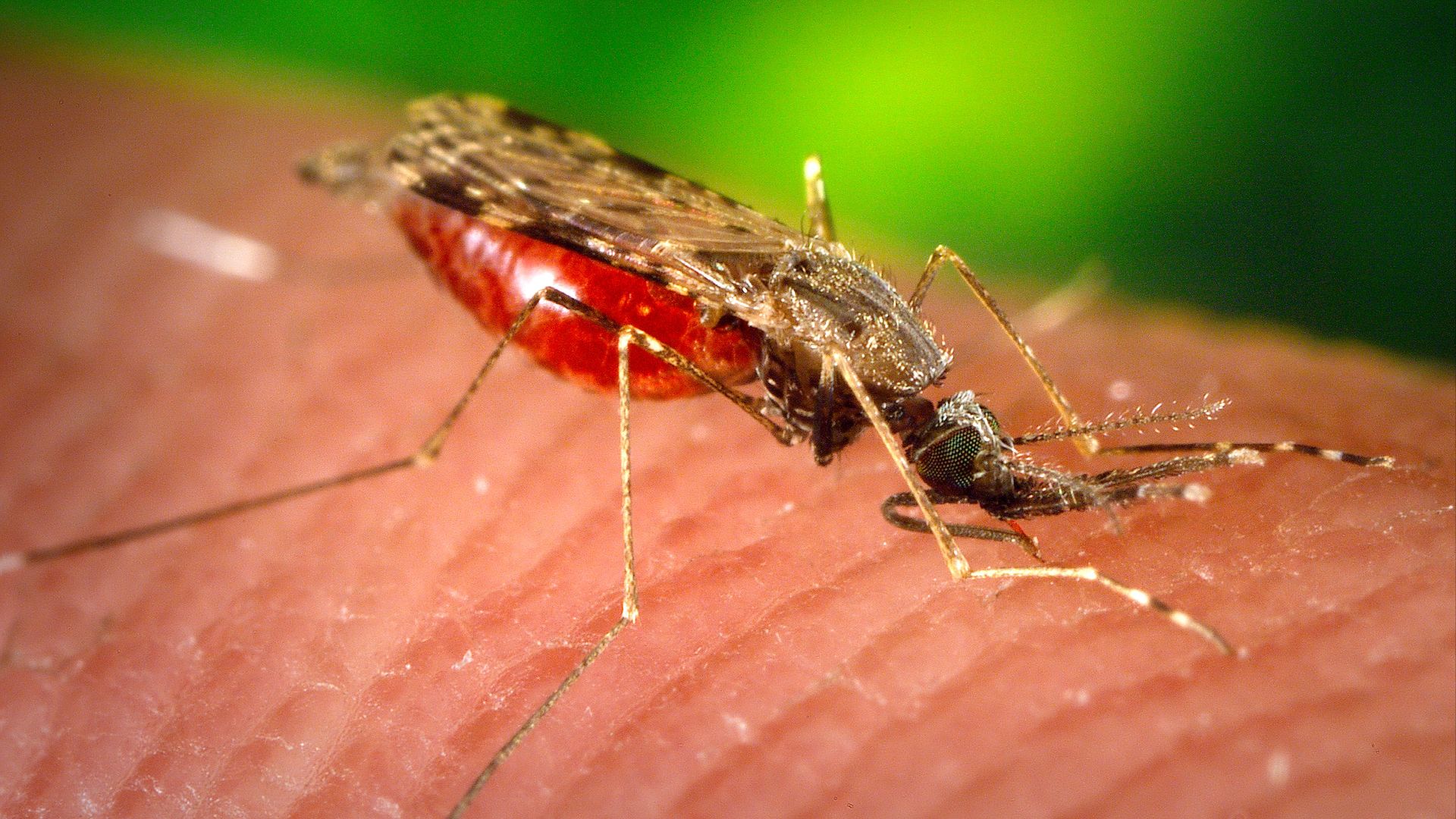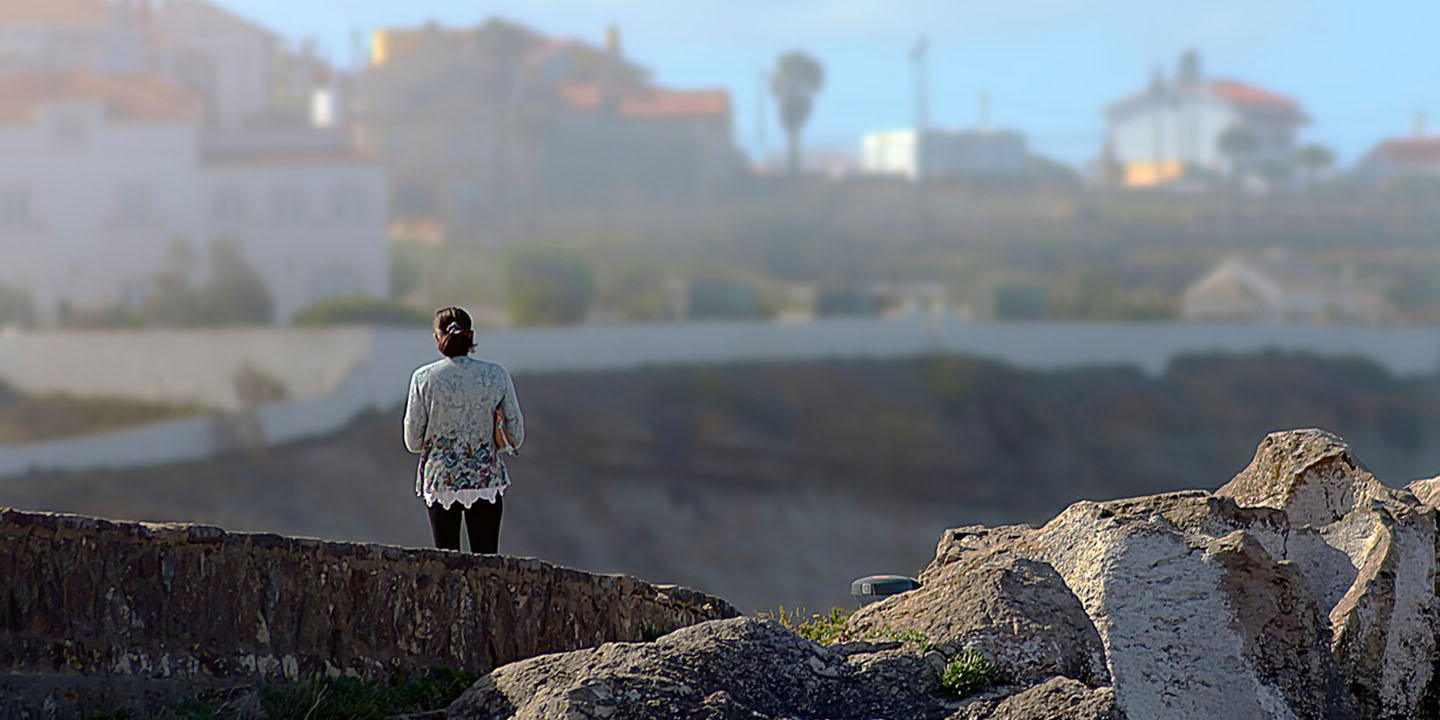It's the Eye of the Tiger
While it can be thrilling to see cool new animals on your travel adventures, they're probably less excited to see you. In some cases, they may even try to fight (or hurt) you! Let’s take a look at some of the most dangerous animals you might encounter on your next trip before it’s too late.
25. Cape Buffalo
If you make your way down to Sub-Saharan Africa, you will probably run across this big boy. Cape buffalo tend to be pretty relaxed, but if you threaten them or their young, be prepared to see why they have the nickname “Black Death.” Famous for taking out more hunters than any other animal on the continent, Cape buffalo weigh close to a ton, are nearly six feet tall and charge at a speed of up to 35 mph. They won’t stop if they are injured and will even charge moving vehicles. So think twice before messing with those horns.
24. Cone Snail
Found in the tropics, these creatures are instantly recognizable thanks to their colorful shells. But think twice before trying to take one home. If they feel threatened, these gastropods will fire out a harpoon-like tooth laced with a powerful toxin. If you are unlucky enough to get hit with this venom, expect paralysis within a few minutes and possibly loss of life shortly after. There is no antivenom.
23. Golden Poison Dart Frog
If you find yourself in the jungles of Colombia’s pacific coast, your first thought probably won’t be, “Some tiny frog might hurt me today." But it should be. The Golden Poison Dart Frog is as cool as it is dangerous, and it’s very dangerous. Its poison, called batrachotoxin, is so potent that the venom from one frog is enough to take down ten men. But what makes this little guy even scarier, is that his poison is transmitted by touch, and given that two micrograms of the stuff is enough to hurt you, this is a wonderful example of the “look, but don’t touch” mantra.
22. Box Jellyfish
Usually found floating off the coast of Northern Australia, this little guy probably doesn’t look like much. But beware, the box jellyfish is the most venomous marine animal in the world. Each of the box jellyfish’s 15 tentacles contain toxins that simultaneously attack the heart, nervous system, and skin cells. While an antivenom does exist, you are likely to go into shock and drown or suffer heart failure before reaching shore. If you're lucky enough to survive, expect burning pain for weeks after the fact and scarring from the tentacles.
21. Pufferfish
Found in the waters around Japan, China, and the Philippines, the Pufferfish is a weird little creature. While it looks like a normal fish from a distance, if scared, it blows up like a balloon and spikes extend from its body. But the real danger is it’s venom, tetrodotoxin. Tetrodotoxin is up to 1,200 times more poisonous than cyanide and can cause loss of feeling in the tongue and lips, dizziness, vomiting, arrhythmia, difficulty breathing, muscle paralysis and, if left untreated, loss of life. So what do we do with pufferfish? Eat them, of course. Highly trained chefs are the only ones licensed to serve these blowfish in Tokyo. A single mistake in preparing this fish could result in serious harm. So if you're in Japan and see fugu on the menu, think twice before ordering.
20. Black Mamba
The Black Mamba might not be the most poisonous snake in the world, but it is one of the fastest. Found in the rocky savannahs of southern and eastern Africa, these snakes can grow up to 14 feet long and charge their prey at speeds up to 13 mph. Generally, the snake will only attack if threatened, but if you're bitten, go ahead and say your last words, because one bite has enough venom to take down ten people. And they don’t bite you just once, they keep biting until you lose your life. An antivenom does exist, but if you fail to get treated in the first 20 minutes, the bites are usually fatal.
19. Saltwater Crocodile
While most animals on this list will only attack when provoked, there's one glaring exception, and that's the saltwater crocodile. Ranging from India and Vietnam all the way to northern Australia, these guys make the American alligator look cuddly by comparison. Saltwater crocodiles weigh up to a ton, grow up to 23 feet long and are responsible for hundreds of fatalities a year. They attack quickly and bite with the strength of a T-Rex (3,700 psi). If that number means nothing to you, bite as hard as you can right now. We'll wait. That was roughly 200 psi. 5% of what you will be hit with if a saltwater crocodile grabs you.
18. Tsetse Fly
In Sub-Saharan Africa lives a tiny fly. It's about the size of the average housefly and has a silly-sounding name, the Tsetse Fly. While this fly is a nuisance to anyone it set its eyes on, the true danger lies in the Trypanosome parasite it spreads. These parasites are the cause of the African Sleeping Sickness, which was responsible for 3,500 fatalities in 2015. There’s no vaccine or medication to prevent infection, but you can lower your risk by not wearing blue. No joke, these guys love blue.
17. Moose
You're in a hallway. To either side of you are two rooms; one, with a black bear, the other, with a moose. Where do you go? Never choose the room with a moose. Every year more people are attacked by moose than bears, which is a hard statistic to believe after many years of watching Rocky and Bullwinkle.
16. Hippopotamus
Sharks get a bad rap. While it is true sharks take about eight lives per year, that’s nothing in comparison to the hippo. As the third largest land animal in the world, you wouldn’t be the first to underestimate the roly-poly hippo, but the truth is in the statistics. Hippos cause around 3,000 fatalities a year in Africa. They're also famously unpredictable and aggressive, so if you find yourself in hippo territory, keep your defenses up.
15. Cassowary
By now we all know that dinosaurs eventually became birds, and when you look at the cassowary, you'll immediately see the resemblance. It looks like what you’d get if you tarred and feathered a velociraptor during Mardi Gras. (Yes, the real velociraptor was the size of a chicken. We're talking about the Jurassic Park version, so bear with us.) These large birds are one of the few that have a confirmed human fatality on their record. (Along with ostriches, and surprisingly, chickens.) They charge at up to 30 mph, can jump up to three feet, and have massive talons that disembowel their targets. Clever girl, indeed.
14. Brown Recluse
The brown recluse is famous for being one of the most dangerous spiders in the American South. Unfortunately, that reputation isn’t super well-deserved. In the past 10 years, the recluse has been responsible for just one confirmed fatality. So if the recluse isn’t as bad as it’s reputation would lead us to believe, why is it on the list? Well, the recluse is unusual in that its venom breaks down cell walls, causing necrosis of the skin. So don’t get cuddly with them because the bite still is a bad time.
13. Black Widow
Like the brown recluse before it, the black widow’s reputation is a lot scarier than the truth. Though it's highly unlikely to bite humans, the best way to avoid their bites is quite simple. Check your shoes. Although you probably won’t lose your life, you may still suffer days of pain, muscle cramping, incoherence, pouring night sweats, and delirium, which is a pretty bad way to spend a week.
12. Scorpions
Now's a good time to debunk the myth surrounding the terrifying scorpion. Of the 1,500 different species of scorpions, only about 25 are actually dangerous to humans. And even then, most won’t take your life. But if you find yourself face-to-face with an Arizona bark scorpion, you'd be better off avoiding them. Even the non-deadly scorpions can cause convulsions and shortness of breath, so it’s always a good idea to give them the respect they deserve.
11. Rats
It’s a scene out of a horror film: a swarm of rats come out of nowhere and, in minutes, there’s a skeleton where a man once stood. While that “could” happen, the real danger with rats is the diseases they carry. Bubonic plague, rat bite fever, leptospirosis, hantavirus, trichinosis, infectious jaundice, rat mite dermatitis, salmonellosis, pulmonary fever, and typhus, are just some to keep in mind. You should always be on high alert. Remember, rats exist everywhere humans can be found.
10. Komodo Dragons
While Komodo dragons can't breathe fire like their mythical namesake, they do have a bad bite. They have large, curved and serrated teeth that tear through flesh with ease. Komodo dragon’s don't floss either, leaving rotting meat in their teeth. This creates a perfectly disgusting breeding ground for bacteria. Infections from dragon bites are worse than the venom they produce, and once a dragon has confirmed the meal, they're known to eat their prey to the bone.
9. Botfly
We won't sugarcoat this one, so if you're squeamish go ahead and skip this entry. If you didn’t know better you'd think these little furry bees were cute. But they aren’t. They're terror incarnate. Botflies have one job, lay eggs and keep the species alive. They do this by mating, then injecting their eggs into mosquitos or ticks. The mosquitoes and ticks fly around and bite warm blooded creatures (like humans) and the eggs get injected into the new host. When the eggs hatch, the larvae grows inside the host, eating their flesh and carving out a nest just under the skin. Good luck sleeping again.
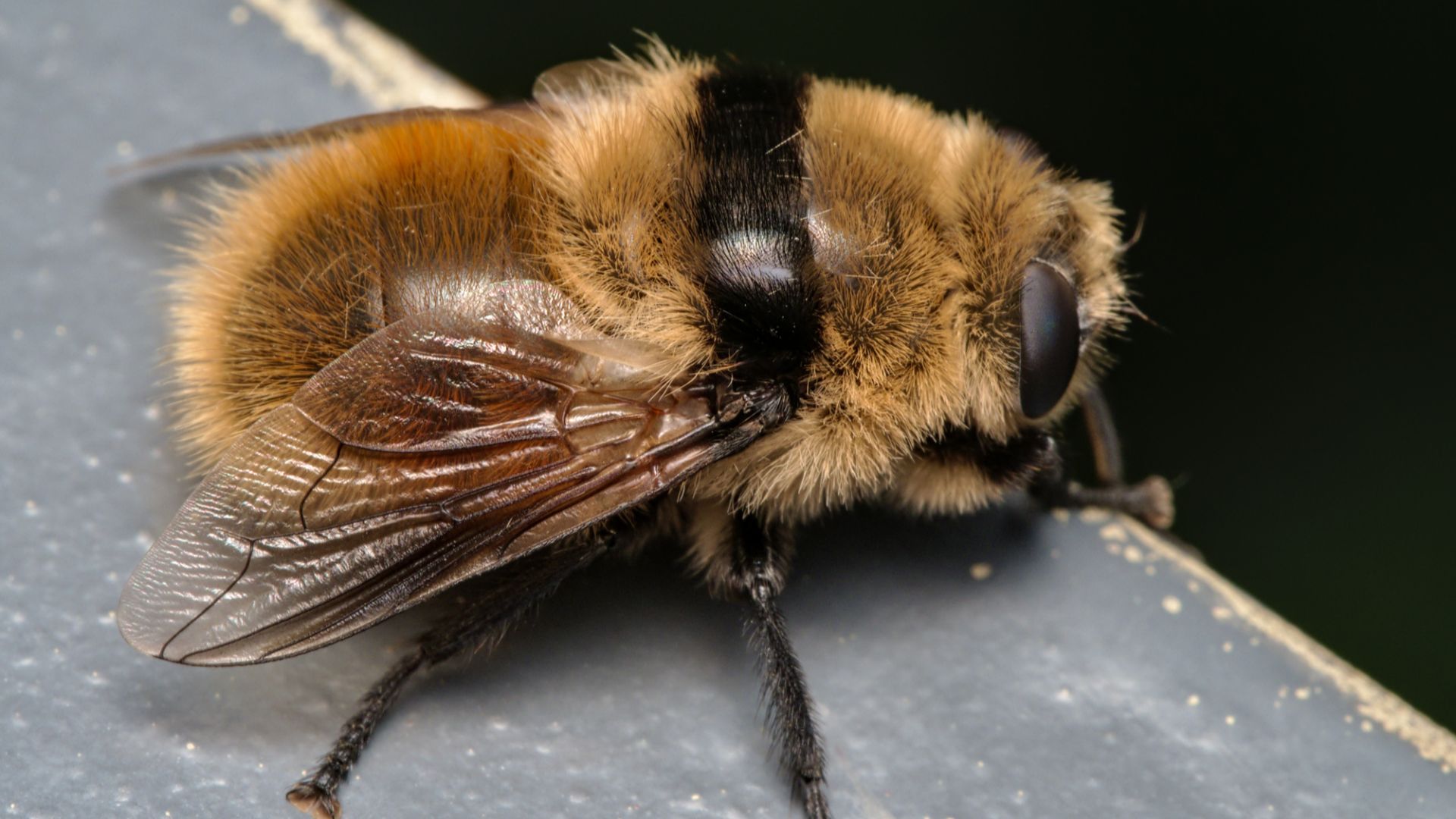 Gilles San Martin on Wikimedia
Gilles San Martin on Wikimedia
8. Kissing Bug
The kissing bug. Sounds romantic, no? Though often not fatal, you shouldn't let this bug close. It's the only known creature that transmits the Chagas parasite, which can cause cardiac complications and intestinal complications. Beginning with fever, fatigue, body aches, headache, loss of appetite, and vomiting, the kissing bug is no dream.
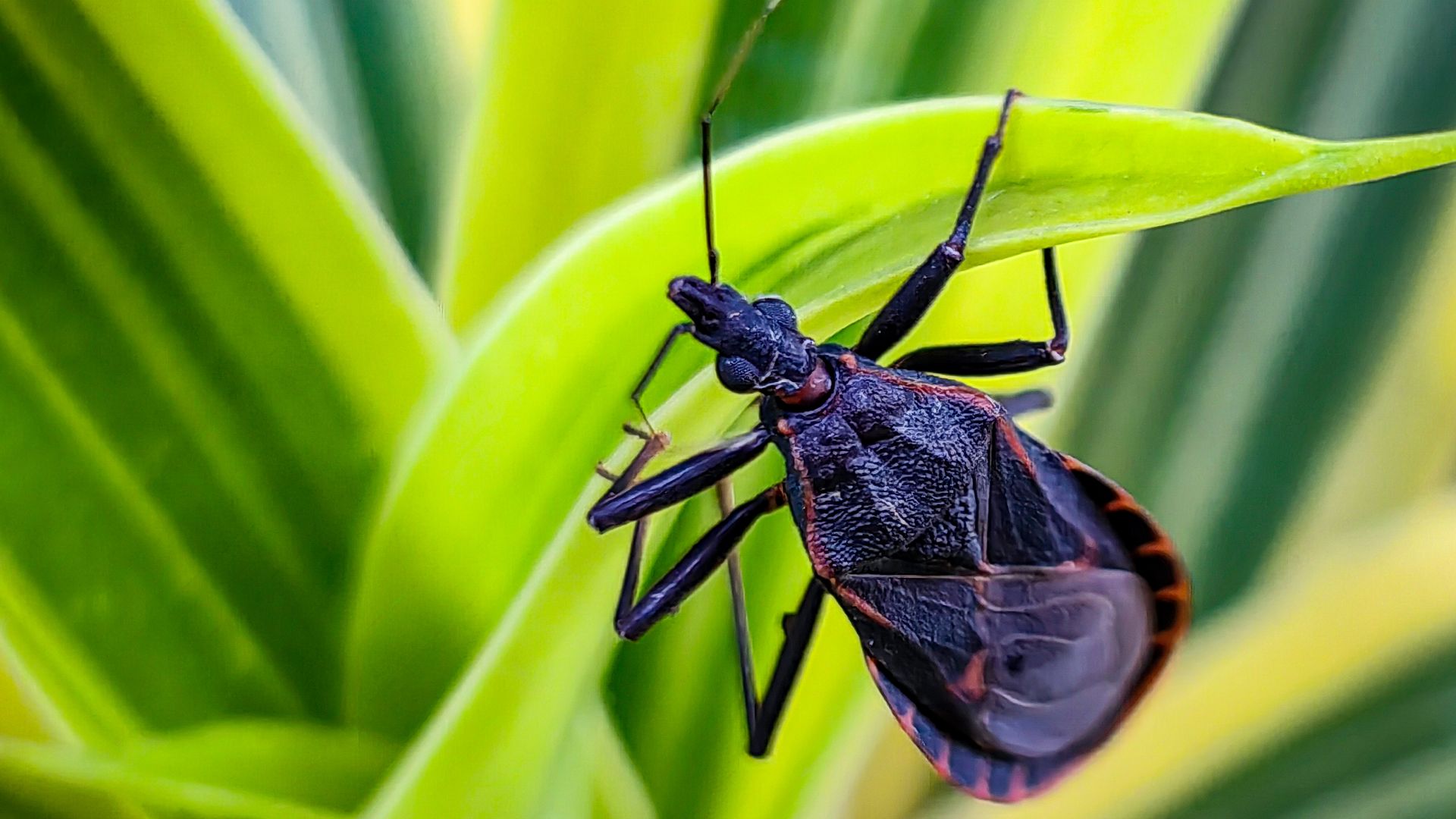 Heigen Villacarlos on Wikimedia
Heigen Villacarlos on Wikimedia
7. Stonefish
The most venomous fish in the world, the stonefish is the definition of unassuming. Found in the Indo-Pacific oceans, the stonefish is incredibly difficult to notice, which adds to its danger. Fortunately, the stonefish won’t go out of it’s way to attack you. Unfortunately, you will probably step on it. Stonefish venom can cause severe pain, heart failure and even loss of life. Interestingly, the stonefish can survive for up to 24 hours out of the water, so nowhere is safe.
6. Common Death Adder
You don’t get a name like “Common Death Adder” for nothing. And sure enough, this Australian (of course) snake lives up to the hype. Found along the coast of Australia, it's a highly venomous snake with up to 60% of their bites being fatal. But what makes it really scary is you'll never see it coming. They like to lay under leaves and ambush anything that approaches them.
5. Chimpanzee
Chimps are cute and funny, but they're also terrifying. Interestingly, this is one case where the more familiar the animal is with humans, the more dangerous they are. In the wild, chimps are afraid of humans, but in captivity, they quickly learn they are stronger than humans and will frequently bite, scratch, and beat human captors. Chimps also have five times the strength of human males, so no one could really take them on.
4. Bullet Ant
Named so because a sting from one feels like getting shot, the bullet ant is no joke. On the Schmidt Sting Pain Index, (an index that categorizes the levels of pain when stung) the bullet ant reigns supreme; for 12 hours, a sting will hit you over and over again with waves of excruciating pain.
3. Platypus
Australia wins another one with the platypus. At first glance, you'd almost want to cuddle these little guys. But closer inspection shows their thick fur, funny webbed feet, and massive venom injecting talons. Yes, the male platypus has a spur on the heel of each rear foot that, if you're unlucky enough to get stabbed with, injects venom that gives “long lasting excruciating pain that cannot be relieved with conventional painkillers." They won’t take your life, but you'll become nauseated, suffer from cold sweats, and watch your muscles waste away. These symptoms could last for months.
2. White-Tailed Deer
No, not like Bambi. (He was a mule deer.) The white-tailed deer is one of the deadliest creatures in North America. The issue is the “Deer in the headlights” effect. Every year there are about 1.5 million deer/vehicle collisions, which result in 29,000 injuries and upwards of 200 fatalities. (On top of all of this, deer carry ticks that transmit lyme disease, which further effects 13,000 people per year.) So the next time you see a white-tailed deer gently grazing on the side of the road, remember, they're not as cute as they look.
1. Mosquito
The deadliest creature is one you probably have outside your house right now. It’s the mosquito. These bloodsucking pests are everywhere and they transmit all kinds of nasty diseases. Collectively, they afflict an estimated 700 million and snuff out roughly 725,000 people each year. How do you avoid these creatures? Well, two options: move to Antarctica or never go outside again. If neither of those work for you, using insect repellant high in DEET will make them avoid you.


